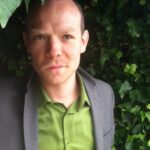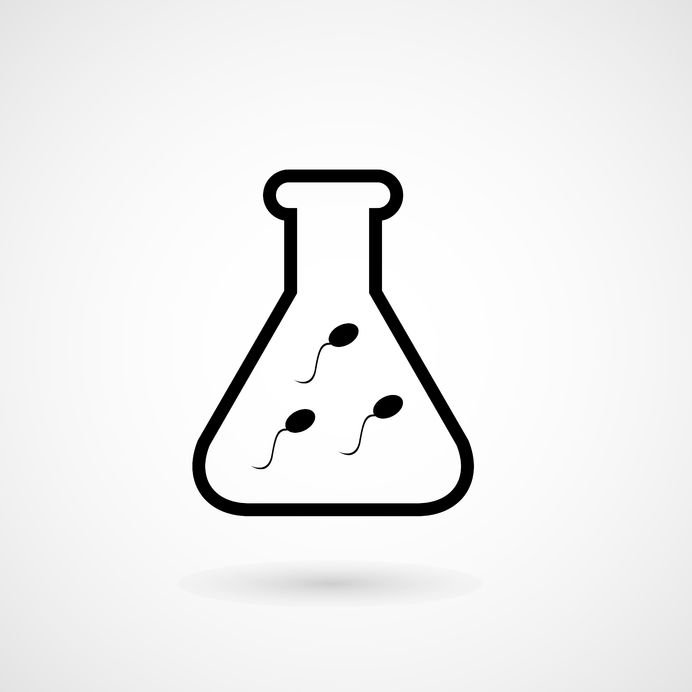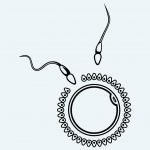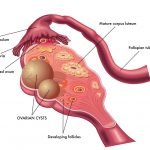Node Smith, ND
New Device Separates Strong, Healthy Sperm from the Weaker Ones
A new device about the size of a credit card is able to separate strong, healthy sperm from the weaker ones, in about 10 minutes.1 It is becoming increasingly acknowledged that healthy sperm are just as important as healthy eggs for healthy fertility. Historically, most infertility treatments and considerations have tended toward the ovaries, egg production, and release. However, research is now showing that the genetic material contained with the sperm may play a large role in viable and healthy pregnancy.
Sperm Sorting
The “sperm-sorting” device has been referred to as SPARTAN – Simple Periodic Array for Trapping and Isolation. It actually filters semen using multiple rows of tiny pillars that are fitted specifically for healthy sperm. This isn’t the only device meant to separate healthy sperm, however, it may be more efficient and effective than other devices.
How it Works
SPARTAN uses a passive method to separate the semen. Cells swim through a maze of pillars within a fluid that naturally attracts sperm. The maze of pillars is specifically designed to only allow the morphologically normal sperm to make it through, leaving deformed sperm behind. The device only takes about 10 minutes to process a sample. And it’s very simple; pipette the raw semen in one end and collect the healthy sperm on the other.
Developers Theorize the Passive Function of SPARTAN is Key
The developers of the device theorize that the passive function of SPARTAN is very important. Many sperm-collection methods use centrifuges, which actually damage cells and could be inadvertently activating reactive oxygen species in the sperm that could be harmful to the DNA. With these other methods, there has been shown to be a 13 percent DNA fragmentation rate (a type of DNA damage), however, with SPARTAN that damage is down to 5 percent.
Source
- Thiruppathiraja Chinnasamy, James L. Kingsley, Fatih Inci, Paul J. Turek, Mitchell P. Rosen, Barry Behr, Erkan Tüzel, Utkan Demirci. Guidance and Self-Sorting of Active Swimmers: 3D Periodic Arrays Increase Persistence Length of Human Sperm Selecting for the Fittest. Advanced Science, 2017; 1700531 DOI: 10.1002/advs.201700531
Image Copyright: <a href=’https://www.123rf.com/profile_stodolskaya’>stodolskaya / 123RF Stock Photo</a>
 Node Smith, ND, is a naturopathic physician in Portland, OR and associate editor for NDNR. He has been instrumental in maintaining a firm connection to the philosophy and heritage of naturopathic medicine among the next generation of docs. He helped found the first multi-generational experiential retreat, which brings elders, alumni, and students together for a weekend camp-out where naturopathic medicine and medical philosophy are experienced in nature. Four years ago he helped found the non-profit, Association for Naturopathic ReVitalization (ANR), for which he serves as the board chairman. ANR has a mission to inspire health practitioners to embody the naturopathic principles through experiential education. Node also has a firm belief that the next era of naturopathic medicine will see a resurgence of in-patient facilities which use fasting, earthing, hydrotherapy and homeopathy to bring people back from chronic diseases of modern living; he is involved in numerous conversations and projects to bring about this vision.
Node Smith, ND, is a naturopathic physician in Portland, OR and associate editor for NDNR. He has been instrumental in maintaining a firm connection to the philosophy and heritage of naturopathic medicine among the next generation of docs. He helped found the first multi-generational experiential retreat, which brings elders, alumni, and students together for a weekend camp-out where naturopathic medicine and medical philosophy are experienced in nature. Four years ago he helped found the non-profit, Association for Naturopathic ReVitalization (ANR), for which he serves as the board chairman. ANR has a mission to inspire health practitioners to embody the naturopathic principles through experiential education. Node also has a firm belief that the next era of naturopathic medicine will see a resurgence of in-patient facilities which use fasting, earthing, hydrotherapy and homeopathy to bring people back from chronic diseases of modern living; he is involved in numerous conversations and projects to bring about this vision.





